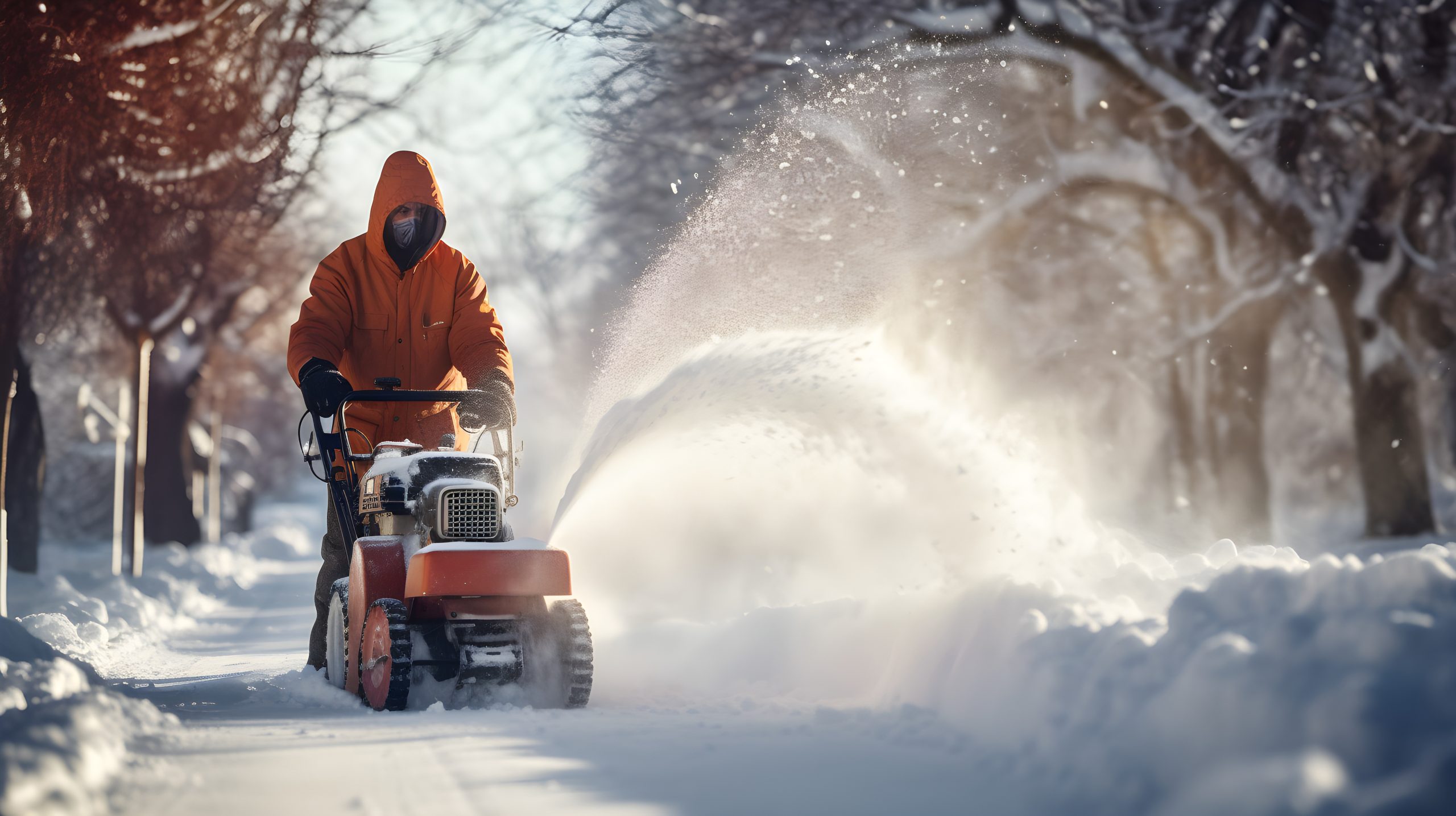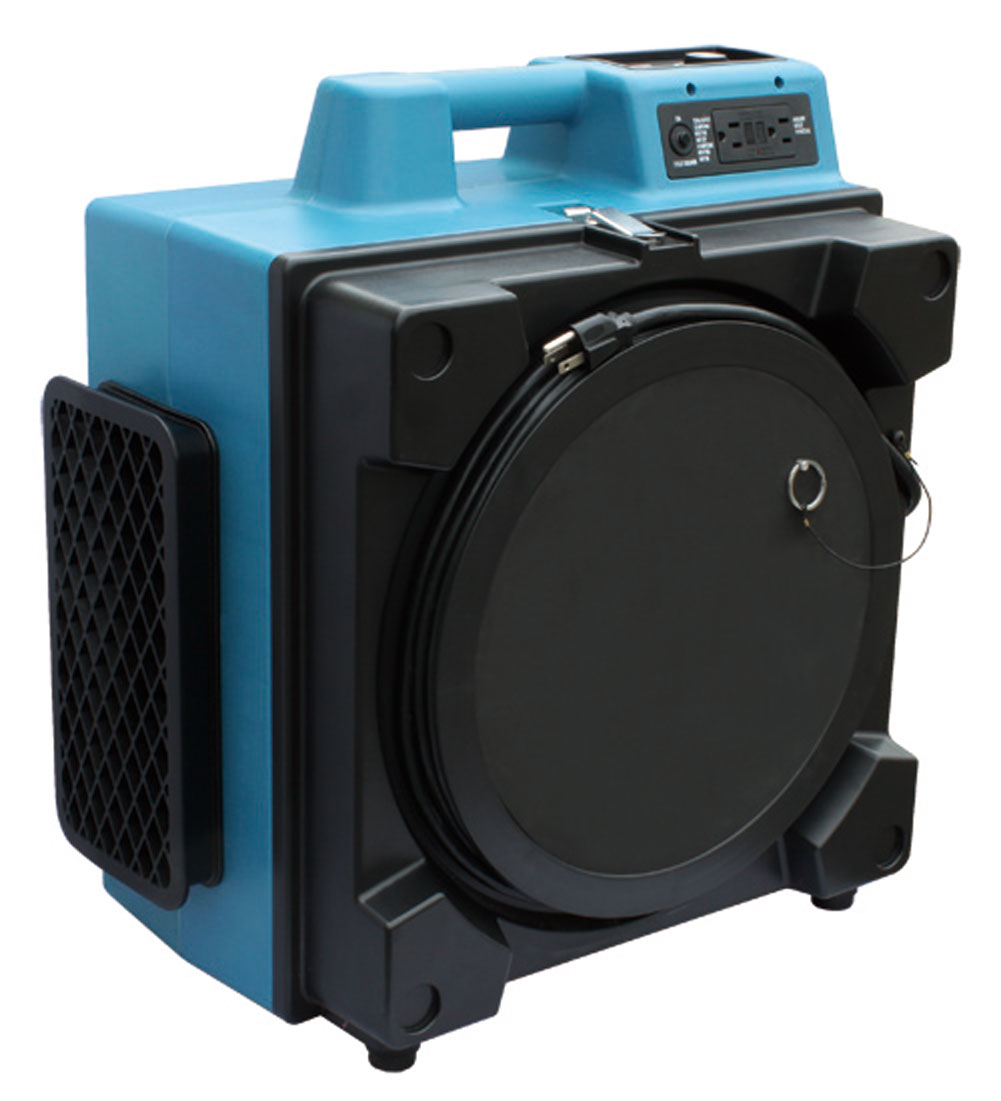November 15, 2023 | Posted by MICRO

It is important for employers to know the wind chill temperature so that they can gauge workers’ exposure risk better and plan how to safely do the work. It is also important to monitor workers’ physical condition during tasks, especially new workers who may not be used to working in the cold, or workers returning after spending some time away from work.
The National Oceanic and Atmospheric Administration (NOAA) Weather Radio is a nationwide network of radio stations broadcasting continuous weather information from the nearest NWS office. It will give information when wind chill conditions reach critical thresholds. A Wind Chill Warning is issued when wind chill temperatures are life threatening. A Wind Chill Advisory is issued when wind chill temperatures are potentially hazardous.
Who is affected by environmental cold?
Environmental cold can affect any worker exposed to cold air temperatures and puts workers at risk of cold stress. As wind speed increases, it causes the cold air temperature to feel even colder, increasing the risk of cold stress to exposed workers, especially those working outdoors, such as recreational workers, snow cleanup crews, construction workers, police officers and firefighters. Other workers who may be affected by exposure to environmental cold conditions include those in transit, baggage handlers, water transportation, landscaping services, and support activities for oil and gas operations.
Risk factors for cold stress include:
- Wetness/dampness, dressing improperly, and exhaustion
- Predisposing health conditions such as hypertension, hypothyroidism, and diabetes
- Poor physical conditioning
What is cold stress?
What constitutes cold stress and its effects can vary across different areas of the country. In regions that are not used to winter weather, near freezing temperatures are considered factors for “cold stress.” Increased wind speed also causes heat to leave the body more rapidly (wind chill effect). Wetness or dampness, even from body sweat, also facilitates heat loss from the body. Cold stress occurs by driving down the skin temperature, and eventually the internal body temperature. When the body is unable to warm itself, serious cold-related illnesses and injuries may occur, and permanent tissue damage and death may result. Types of cold stress include: trench foot, frostbite, hypothermia, and chilblains.
For more information, see OSHA’s Cold Stress Safety and Health Guide.
How can cold stress be prevented?
Although OSHA does not have a specific standard that covers working in cold environments, under the Occupational Safety and Health Act (OSH Act) of 1970, employers have a duty to protect workers from recognized hazards, including cold stress hazards, that are causing or likely to cause death or serious physical harm in the workplace.
- Employers should train workers. Training should include:
- How to recognize the environmental and workplace conditions that can lead to cold stress.
- The symptoms of cold stress, how to prevent cold stress, and what to do to help those who are affected.
- How to select proper clothing for cold, wet, and windy conditions.
- Employers should:
- Monitor workers physical condition.
- Schedule frequent short breaks in warm dry areas, to allow the body to warm up.
- Schedule work during the warmest part of the day.
- Use the buddy system (work in pairs).
- Provide warm, sweet beverages. Avoid drinks with alcohol.
- Stay well nourished by snacking on high carbohydrate foods.
- Avoid touching cold metal or wet surfaces with bare skin.
- Provide engineering controls such as radiant heaters.
Types of Cold Stress
Immersion/Trench Foot
Trench foot is a non-freezing injury of the feet caused by prolonged exposure to wet and cold conditions. It can occur in temperatures as high as 60°F if feet are constantly wet. Injury occurs because wet feet lose heat 25-times faster than dry feet. [CDC/NIOSH]
What are the symptoms of trench foot?
Redness of the skin, numbness, tingling, pain, swelling, leg cramps, blisters, bleeding under the skin, and Gangrene.
First Aid
- Call 911 immediately in an emergency; otherwise seek medical assistance as soon as possible.
- Remove wet shoes/boots and wet socks.
- Dry the feet and avoid working on them.
- Keep affected feet elevated and avoid walking on feet as this may cause tissue damage and seek medical attention.
Frostbite
Frostbite is caused by the freezing of the skin and tissues. Frostbite can cause permanent damage to the body, and in severe cases can lead to amputation. The risk of frostbite is increased in people with reduced blood circulation and among people who are not dressed properly for extremely cold temperatures.
What are the symptoms of frostbite?
Reddened skin develops gray/white patches in the fingers, toes, nose, or ear lobes; tingling, aching, a loss of feeling, firm/hard, and blisters may occur in the affected areas.
First Aid
- Get into a warm room as soon as possible.
- Unless necessary, do not walk on frostbitten feet or toes.
- Follow the recommendations described above for hypothermia.
- Protect the frostbitten area, e.g., by wrapping loosely in a dry cloth and protect the area from contact until medical help arrives.
- DO NOT rub or massage the affected area, because rubbing causes damage to the skin and tissue.
- DO NOT try to re-warm the frostbitten area before getting medical help, for example, do not use heating pads or place in warm water. If a frostbitten area is rewarmed and gets frozen again, more tissue damage will occur. It is safer for the frostbitten area to be rewarmed by medical professionals.
- Give warm sweetened drinks if alert (no alcohol).
Hypothermia
Hypothermia occurs when the normal body temperature (98.6°F) drops to less than 95°F. Exposure to cold temperatures causes the body to lose heat faster than it can be produced. Prolonged exposure to cold will eventually use up the body’s stored energy. The result is hypothermia, or abnormally low body temperature. Hypothermia is most likely at very cold temperatures, but it can occur even at cool temperatures (above 40°F) if a person becomes chilled from rain, sweat, or immersion in cold water.
What are the symptoms of hypothermia?
An important mild symptom of hypothermia is uncontrollable shivering, which should not be ignored. Although shivering indicates that the body is losing heat, it also helps the body to rewarm itself. Moderate to severe symptoms of hypothermia are loss of coordination, confusion, slurred speech, heart rate/breathing slow, unconsciousness and possibly death. Body temperature that is too low affects the brain, making the victim unable to think clearly or move well. This makes hypothermia particularly dangerous because a person may not know what is happening and won’t be able to do anything about it.
First Aid
- Call 911 immediately in an emergency:
- Move the worker to a warm room or vehicle.
- Remove any wet clothing and replace with dry clothing. Wrap the entire body (including the head and neck) in layers of blankets; and with a vapor barrier (e.g. tarp, garbage bag) Do not cover the face.
- Give warm sweetened drinks if alert (no alcohol), to help increase the body temperature. Never try to give a drink to an unconscious person.
- Place warm bottles or hot packs in armpits, sides of chest, and groin. Call 911 for additional rewarming instructions.
- If the worker has no pulse, cardiopulmonary resuscitation (CPR) should be provided and continued until the person responds or medical aid becomes available.
Chilblains
Chilblains are painful inflammation of small blood vessels in the skin, caused by the repeated exposure of skin to temperatures just above freezing to as high as 60°F.
What are the symptoms of Chilblains?
Redness, itching, possible blistering, inflammation, and possible ulceration in severe cases.
First Aid
- Avoid scratching.
- Slowly warm the skin.
- Use corticosteroid cream to relieve itching and swelling.
- Keep blisters and ulcers clean and covered.
Wind Chill Temperature: A Guide for Employers
Outdoor workers exposed to cold and windy conditions are at risk of cold stress, both air temperature and wind speed affect how cold they feel. Wind Chill is the term used to describe the rate of heat loss from the human body, resulting from the combined effect of low air temperature, and wind speed. The Wind Chill Temperature is a single value that takes both air temperature, and wind speed into account. For example, when the air temperature is 40°F, and the wind speed is 35mph, the wind chill temperature is 28°F; this measurement is the actual effect of the environmental cold on the exposed skin.
National Weather Service (NWS) Wind Chill Calculator: With this tool, one may input the air temperature and wind speed, and it will calculate the wind chill temperature.


